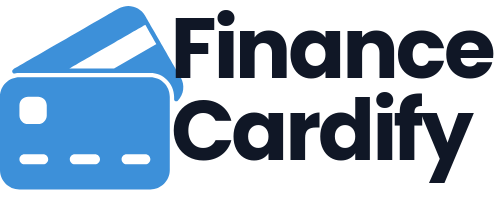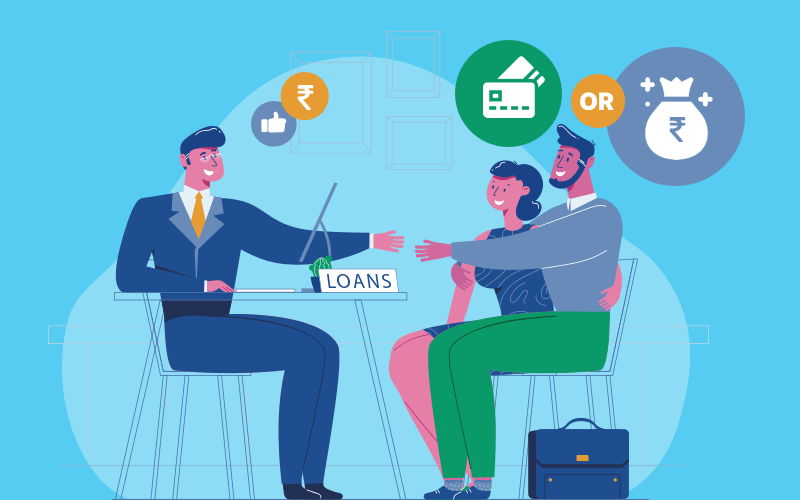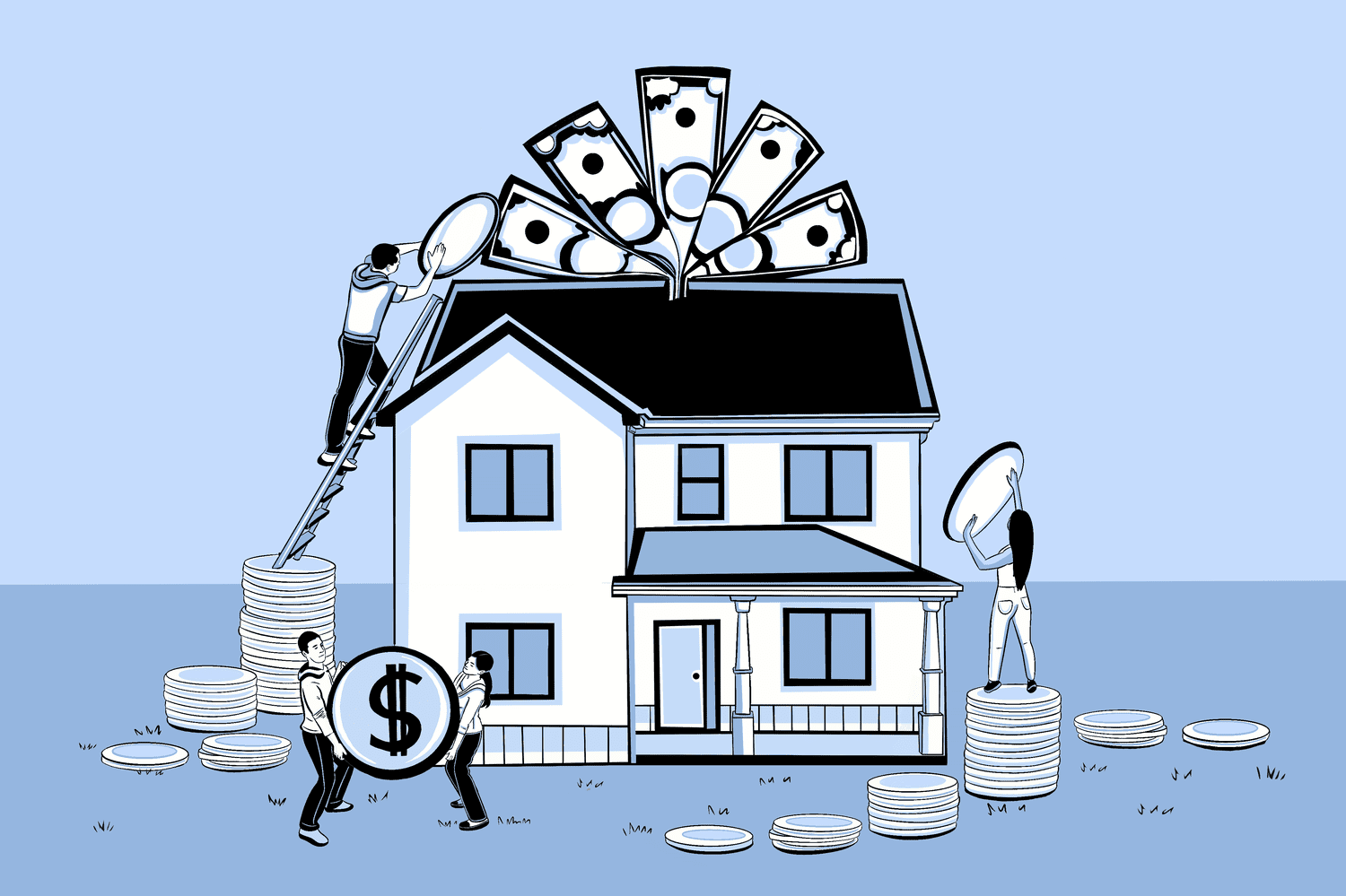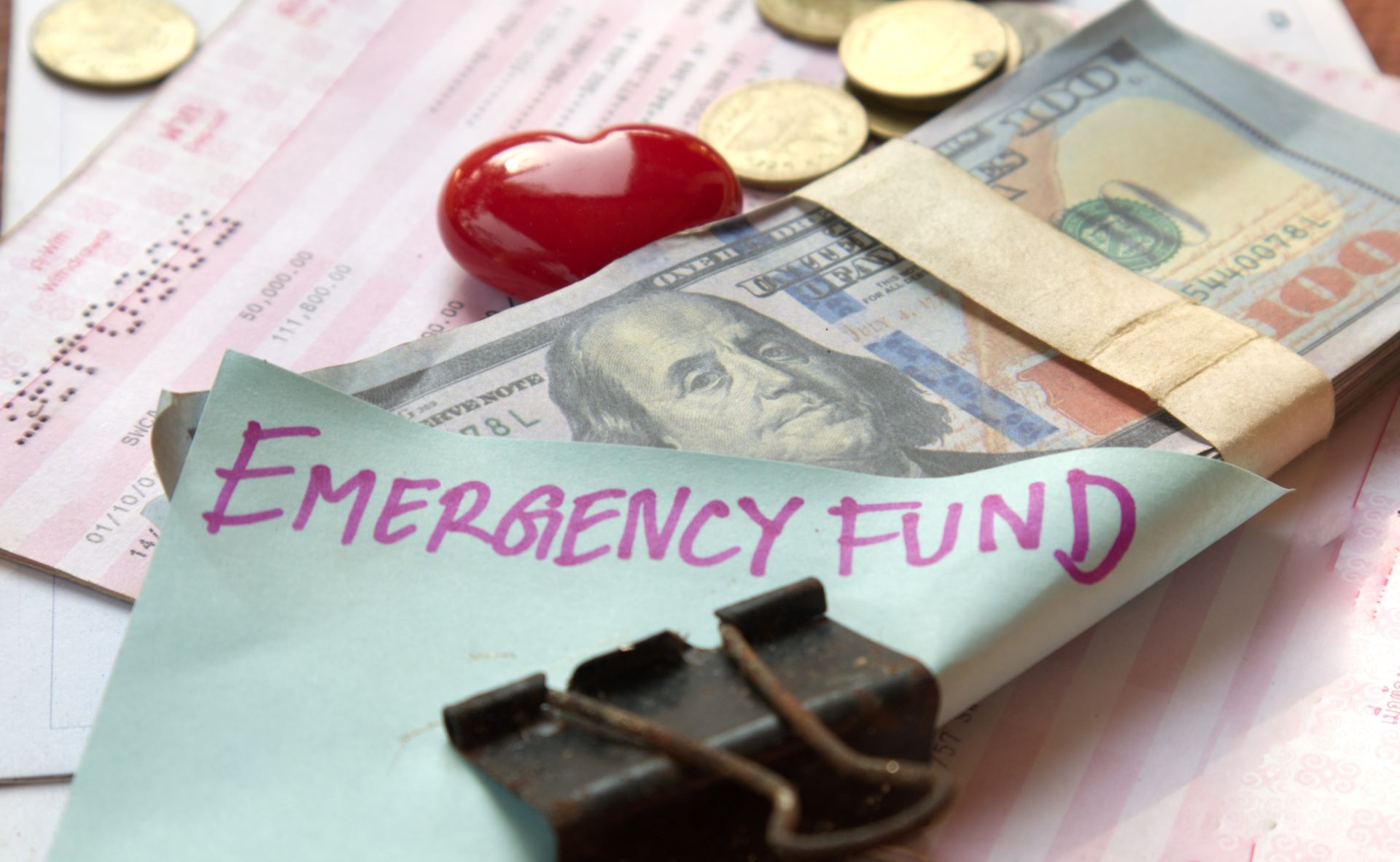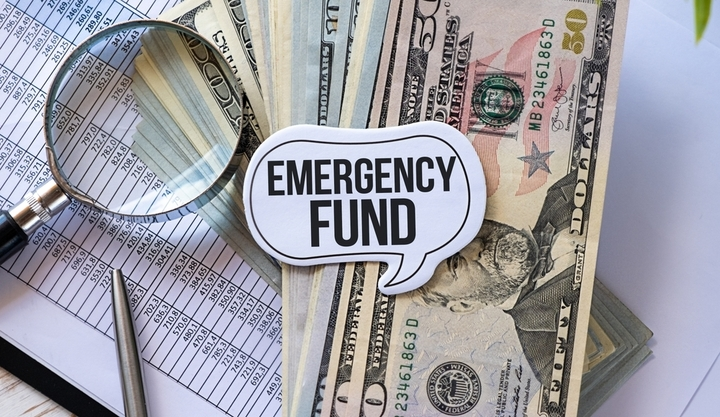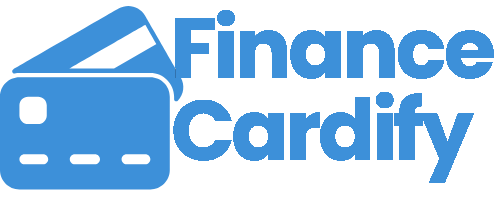How to Get a Personal Loan with Low Interest Rates
Personal loans can be a financial lifesaver when used wisely. Whether you’re consolidating debt, financing a home improvement project, or covering an unexpected expense, finding a personal loan with low interest rates can save you hundreds—or even thousands—of dollars over the life of the loan. But how do you actually secure a loan with favorable terms?
This guide breaks down everything you need to know to increase your chances of qualifying for a low-interest personal loan, including how interest rates are determined, where to look, and what to avoid.
Why Interest Rates Matter
Before diving into how to get a better rate, it’s important to understand why interest rates are so important. The interest rate on your personal loan directly affects your monthly payments and the total cost of borrowing. Even a small percentage difference can have a significant impact over time.
For example, a $10,000 loan at a 10% interest rate over 3 years will cost you about $1,616 in interest. The same loan at 6% will cost only about $950. That’s a savings of over $650—just from securing a lower rate.
Key Factors That Influence Your Interest Rate
Several factors determine the interest rate lenders offer you. Understanding them can help you better prepare and position yourself as a strong borrower.
- Credit Score
Your credit score is one of the most important factors in determining your loan interest rate. Generally, the higher your score, the lower your rate. Scores of 720 or higher typically qualify for the best personal loan rates, while scores below 600 may only qualify for high-interest loans or may be denied altogether. - Debt-to-Income Ratio (DTI)
Lenders assess how much of your monthly income goes toward debt. A low DTI suggests you’re financially responsible and capable of taking on more credit. - Income Stability
Consistent, verifiable income reassures lenders that you can repay your loan. You may be asked to provide pay stubs, tax returns, or bank statements to prove your income. - Loan Amount and Term
Larger loan amounts or longer repayment periods typically come with higher interest rates. Opting for shorter loan terms often results in better rates and less interest paid over time. - Lender Type
Different lenders—banks, credit unions, and online lenders—have different interest rate policies. Some are more competitive than others.
Tips to Qualify for a Low-Interest Personal Loan
Now that you understand the basics, here are some actionable steps to help you secure the best rate possible.
1. Check and Improve Your Credit Score
Start by reviewing your credit report. You can request a free copy annually from all three major credit bureaus (Equifax, Experian, and TransUnion). Look for any inaccuracies or outdated information and dispute them if necessary.
To boost your credit score:
- Pay your bills on time
- Keep credit card balances low
- Avoid opening multiple new accounts in a short time
- Keep old accounts open to build credit history
2. Compare Lenders
Don’t settle for the first offer you receive. Use online comparison tools to review different lenders side by side. Look at:
- Interest rates
- Fees (origination fees, prepayment penalties, etc.)
- Customer reviews
- Repayment terms
3. Consider Credit Unions or Peer-to-Peer Lenders
Credit unions often offer lower interest rates than traditional banks because they’re not-for-profit institutions. Similarly, peer-to-peer lending platforms may provide more flexible terms and better rates for qualified borrowers.
4. Get Prequalified
Many lenders offer a prequalification process that lets you see potential interest rates without affecting your credit score. This is a great way to shop around and get a sense of what you may qualify for.
5. Apply with a Co-Signer
If your credit isn’t strong, applying with a co-signer who has good credit and stable income can significantly increase your chances of approval and reduce your interest rate.
6. Opt for a Shorter Loan Term
Although longer-term loans may offer lower monthly payments, they usually come with higher interest rates and more total interest paid. If you can afford it, choose a shorter repayment period to get a better rate.
7. Avoid Payday Loans and High-Fee Lenders
Beware of lenders who offer easy approvals with no credit checks—these often come with exorbitantly high interest rates and hidden fees. Payday loans, in particular, should be avoided unless absolutely necessary.
Frequently Asked Questions (FAQ)
1. What credit score do I need to qualify for a low-interest personal loan?
Typically, you’ll need a credit score of 720 or higher to qualify for the best interest rates. However, some lenders may offer competitive rates to borrowers with scores in the 660–719 range, especially if other financial factors (like income and debt-to-income ratio) are strong.
2. Can I get a low-interest loan if I have bad credit?
It’s more challenging, but possible. Consider working with a credit union or applying with a co-signer. You might also look into secured personal loans, which use collateral and can come with better rates.
3. How do I know if a lender is offering a good interest rate?
The best way is to compare multiple offers. Use prequalification tools to check rates without affecting your credit. Also, review the Annual Percentage Rate (APR), which includes interest and any fees, to get the full picture of your loan’s cost.
